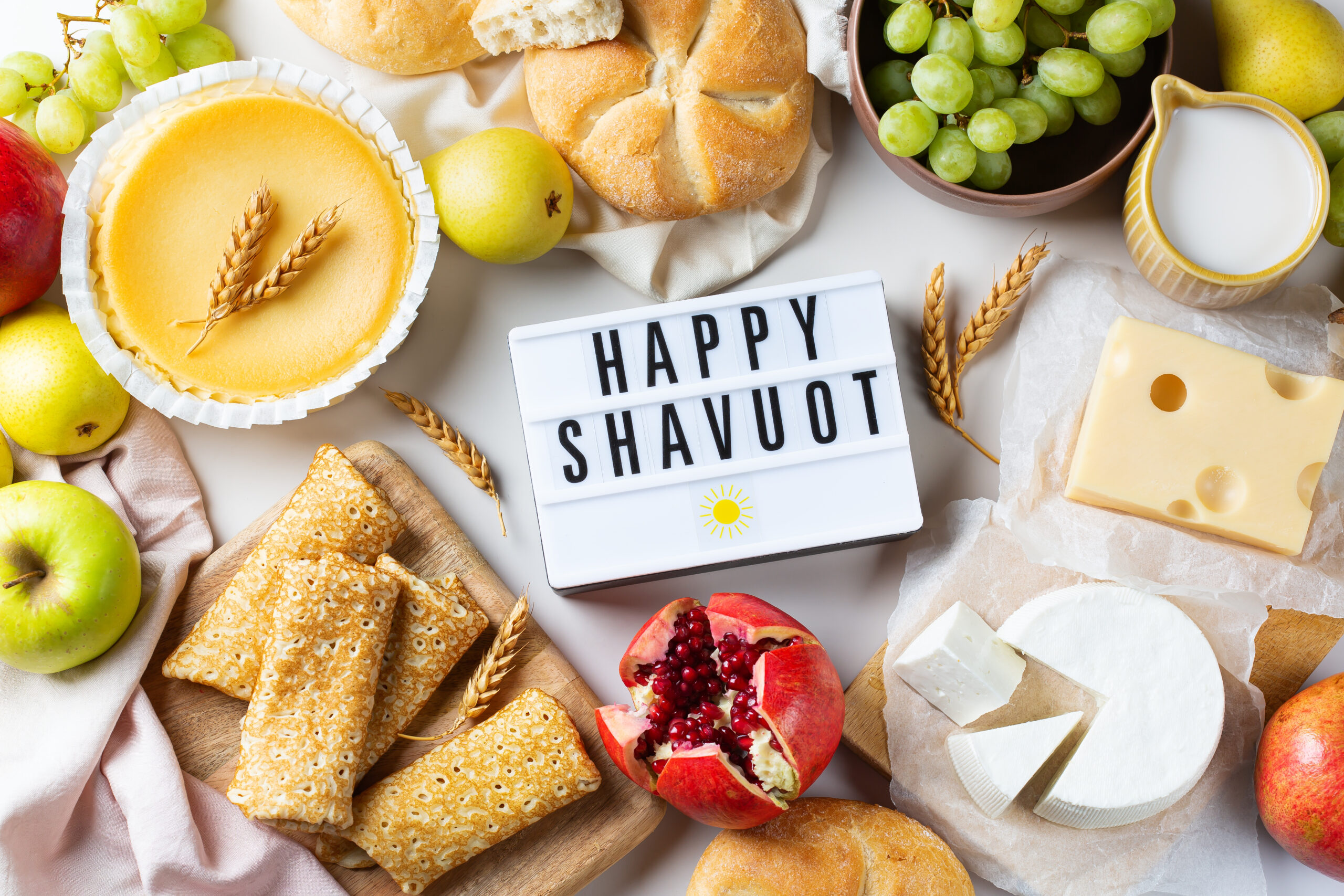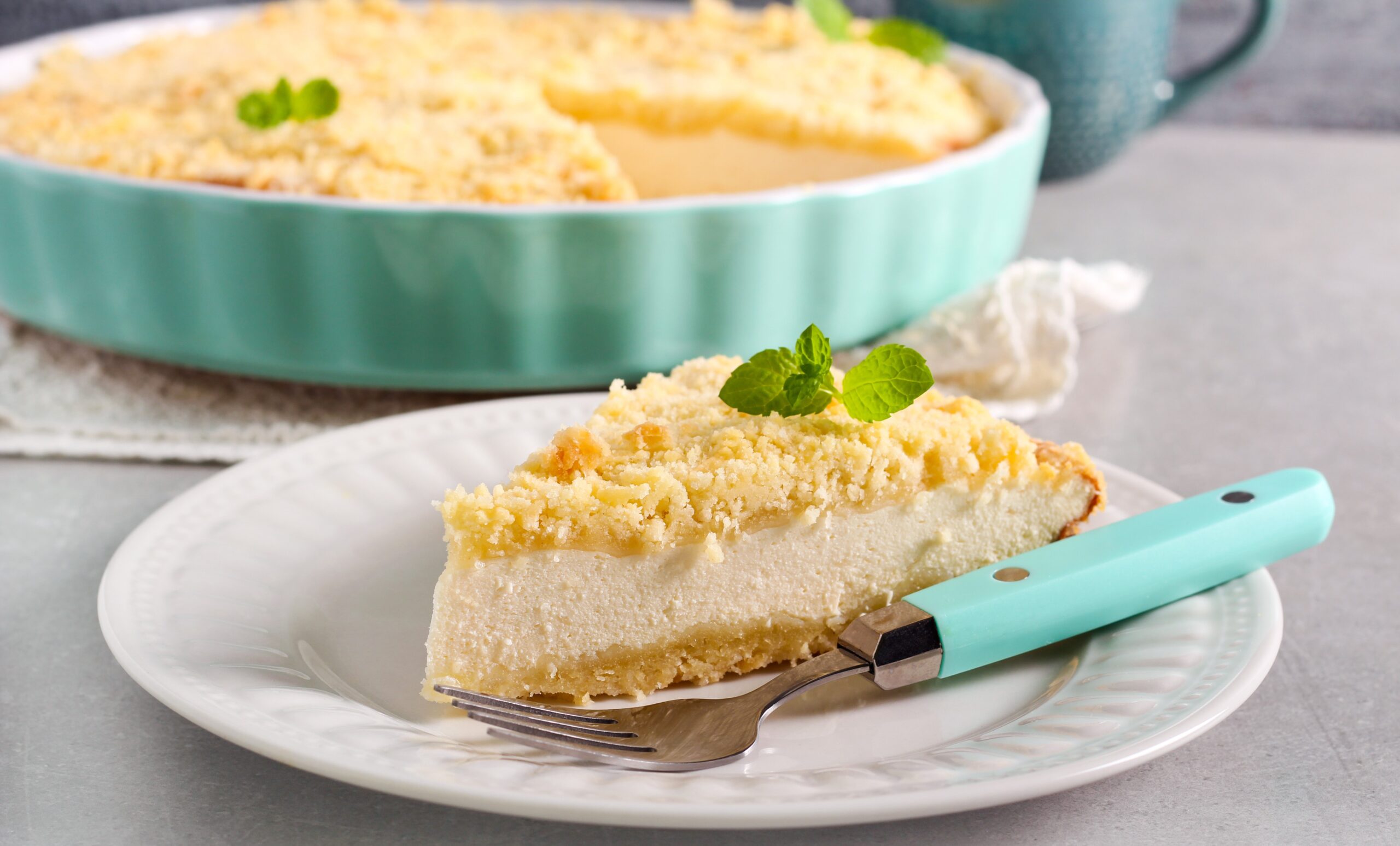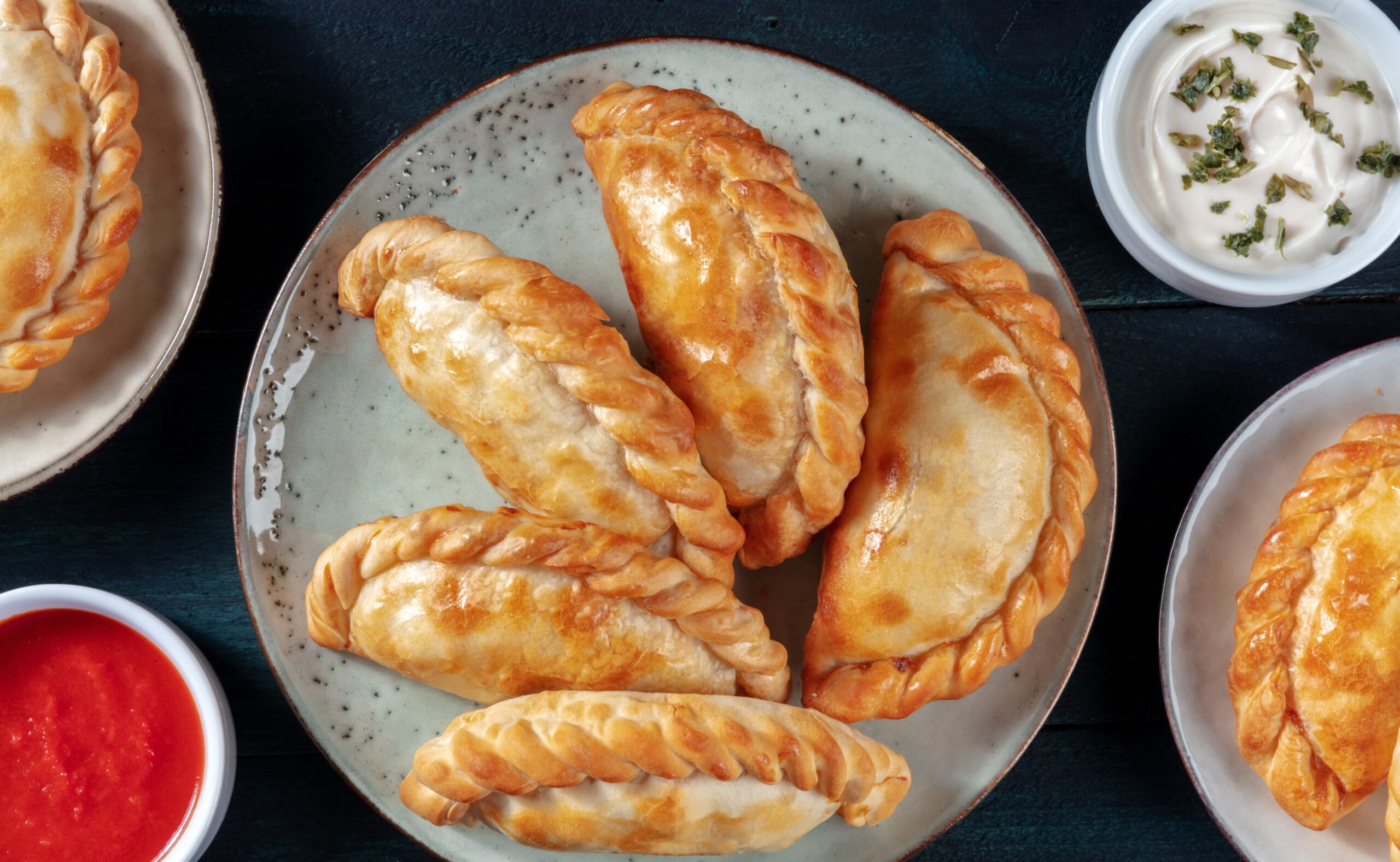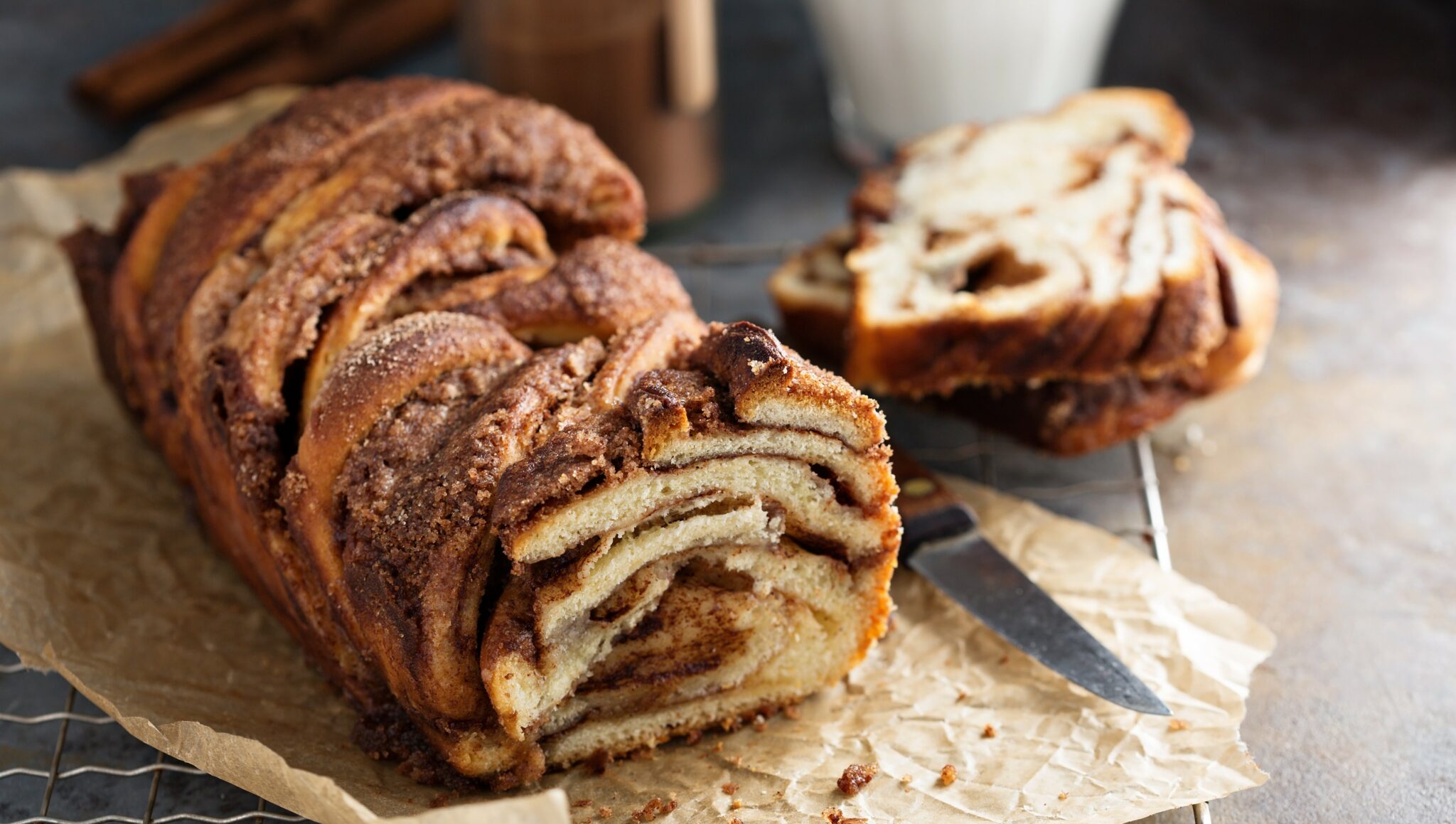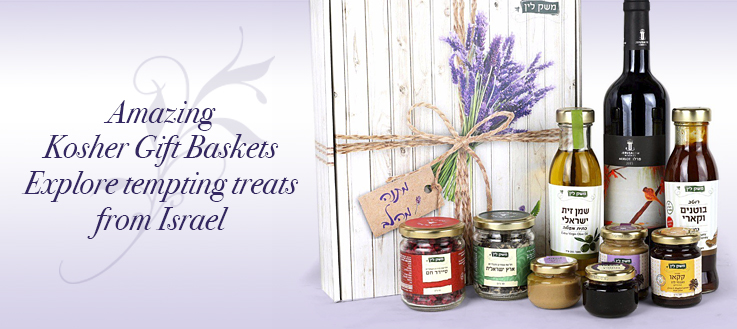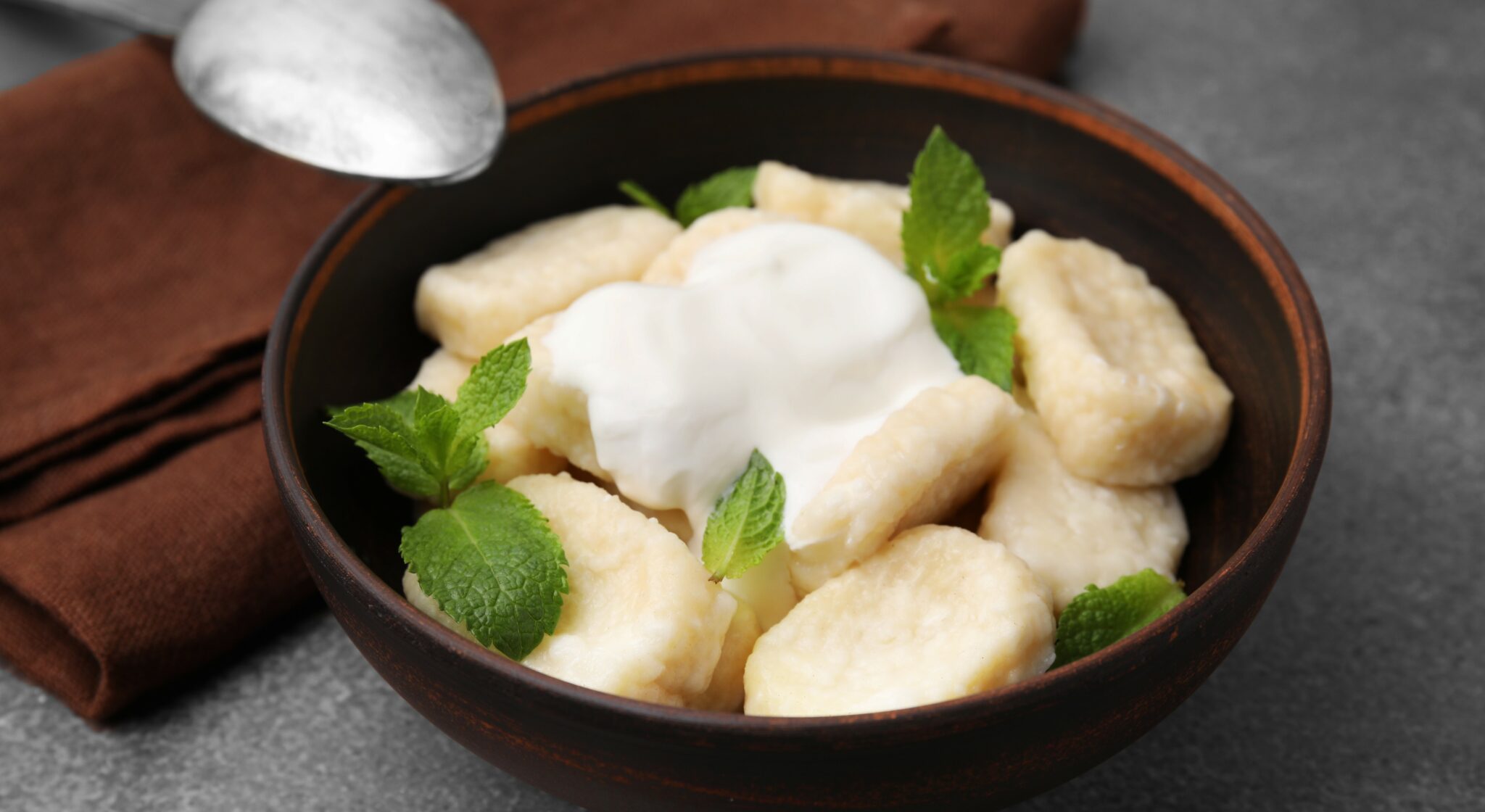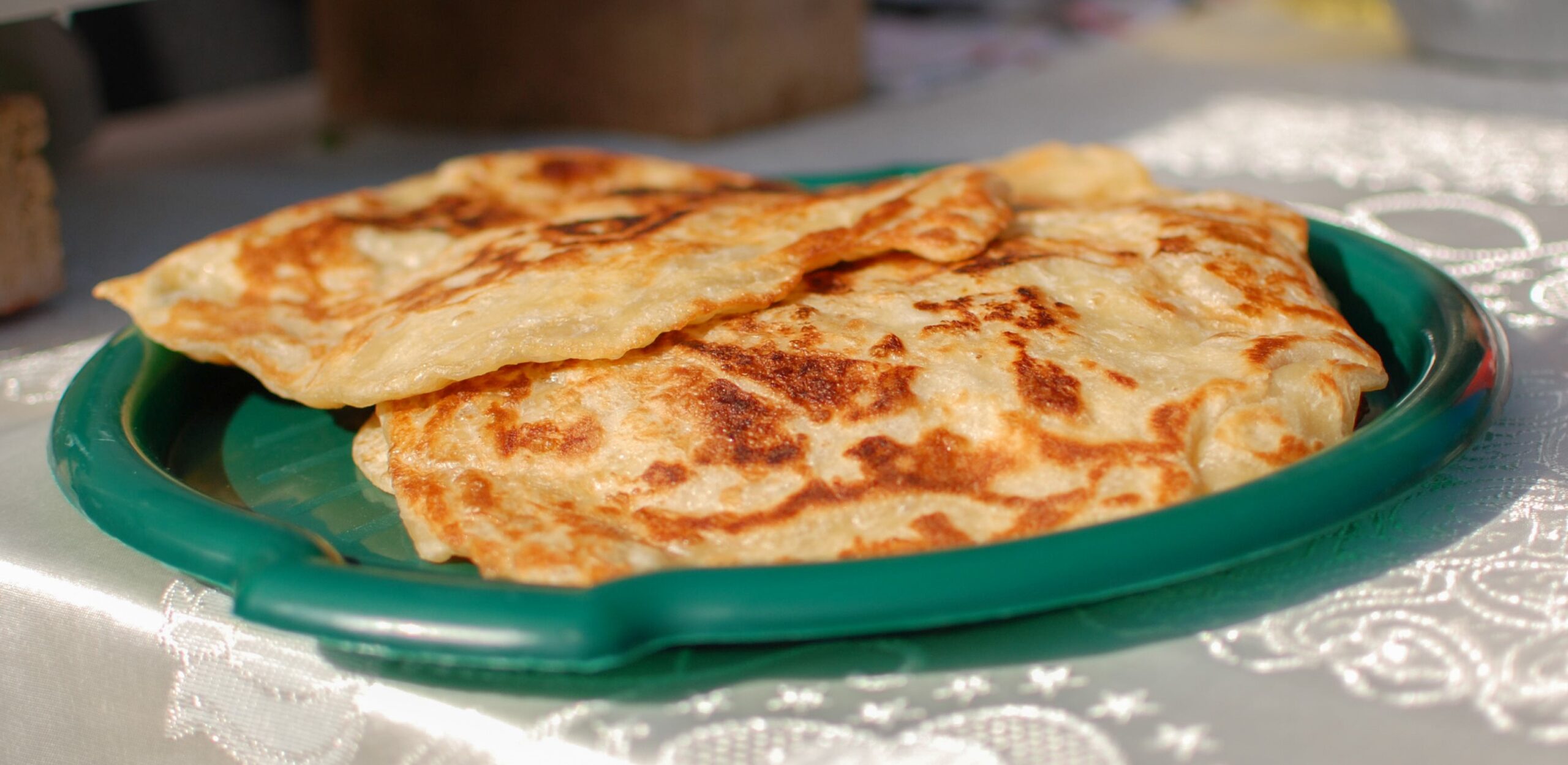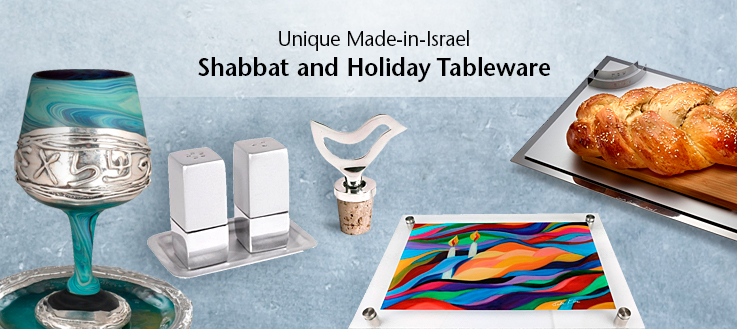Atayef are a blintz-meets-pancake delicacy that has been enjoyed by Jews (and non-Jews) in Syria for hundreds of years. Stuffed with a sweet, creamy ricotta mixture, these pastries are fried (making them a traditional treat for Hanukkah, too) and then drenched in rosewater syrup.
Whether your family has Syrian roots or not, you won't be able to get enough of Syrian atayef once you try them this Shavuot and serve them on your holiday table!
✡✡✡✡✡✡✡
Ingredients:
For the Pancakes:
- 2 cups all-purpose flour
- 1 tablespoon sugar
- 1 teaspoon baking soda
- ½ teaspoon baking powder
- ½ teaspoon salt
- 1 large egg, lightly beaten
- 2½ cups water (adjust for batter consistency)
For the Filling:
- 1 cup whole-milk ricotta cheese
- 1–2 tablespoons sugar (to taste)
- 1 teaspoon rose water or orange blossom water (optional)
For the Syrup & Garnish:
- 1 cup sugar
- ½ cup water
- 1 tablespoon lemon juice
- 1 teaspoon rose water or orange blossom water
- ½ cup finely chopped pistachios
- Vegetable oil for frying
Instructions:
1. Prepare the Syrup:
In a saucepan, combine sugar, water, and lemon juice. Bring to a boil, then reduce heat and simmer for 10–15 minutes until slightly thickened. Remove from heat and stir in rose water or orange blossom water. Let it cool.
2. Make the Pancake Batter:
In a large bowl, whisk together flour, sugar, baking soda, baking powder, and salt. Add the beaten egg and gradually mix in water until a smooth, pourable batter forms. Let it rest for 15 minutes.
3. Cook the Pancakes:
Heat a non-stick skillet over medium heat. Lightly grease if necessary. Pour about 1 tablespoon of batter onto the skillet to form small pancakes (~3 inches in diameter). Cook only on one side until bubbles form and the surface is no longer wet. Remove and place cooked side down on a clean towel.
4. Prepare the Filling:
In a bowl, mix ricotta cheese with sugar and rose water or orange blossom water (if using) until smooth.
5. Assemble the Atayef:
Place a teaspoon of the filling in the center of each pancake. Fold the pancake in half, uncooked sides together, and pinch the edges firmly to seal.
6. Fry the Atayef:
Heat about 1 inch of vegetable oil in a deep pan to 350°F (175°C). Fry the filled pancakes until golden brown, about 1–2 minutes per side. Remove and drain on paper towels.
7. Serve:
Dip or drizzle the warm atayef with the cooled syrup. Sprinkle with chopped pistachios and serve warm.

